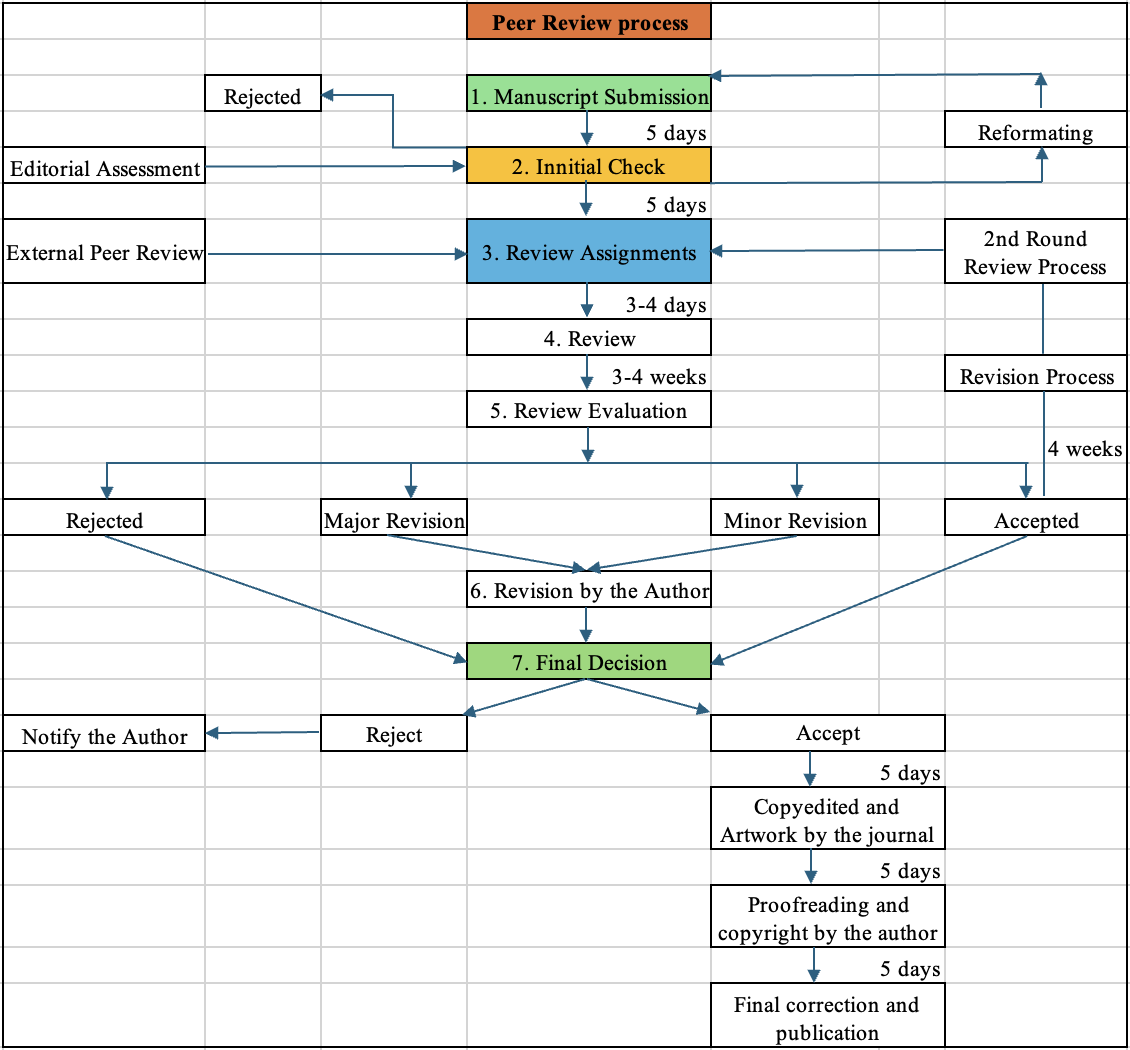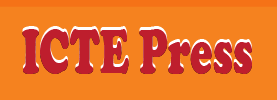Peer review process

All research articles, literature reviews, and most other article types published in the International Journal of Language Instruction (IJLI) will undergo peer review. This usually involves a review by at least two independent, expert peer reviewers.
The peer review process is important for ensuring the quality and integrity of scholarly publications. It serves to evaluate the validity, innovation, significance, and originality of submitted manuscripts.
When authors submit a manuscript to the IJLI, it will first undergo Internal Peer Review.
Editorial assessment
The editorial team will conduct an initial assessment:
- To ensure that the manuscript meets the journal's scope and aims of the IJLI;
- To ensure that all the forms are submitted along with the manuscript;
- To ensure that the manusript employed the template of the IJLI;
- To check for similarity index and AI writing (by Turnitin);
- To ensure the manuscript meets the basic quality parameters.
Manuscripts that pass the initial check are assigned to an editor to “desk reject” without additional reviews or to send to external peer reviewers for doubled-blind peer reviews.
External Peer Review
The editorial team will identify and invite qualified external reviewers with expertise relevant to the manuscript's subject matter.
The paper will be sent to undergo the peer review process by double-blind peer reviewers;
The peer reviewers produce a detailed review report based on the Review Form (downloaded from the Journal) and upload it in the Reviewers’ section of the journal.
The editor draws from those recommendations to make a decision and notify the author(s) about the reviewers’ outcomes, including a Revision Form for revising the papers and responding to the reviewers’ comments.
The manuscript will be undergone double-blind peer reviews of at least 2 rounds to receive comments for improving the quality of the paper.
The editor may make a reject or accept decision after the first or second round of review. In case the editor is satisfied that the revised manuscript is suitable for publication or if the author(s) failed to revise the papers based on the reviewers’ comments, a final decision of “accept” or “reject can be made.
Please download the Review Form and Revision Form






